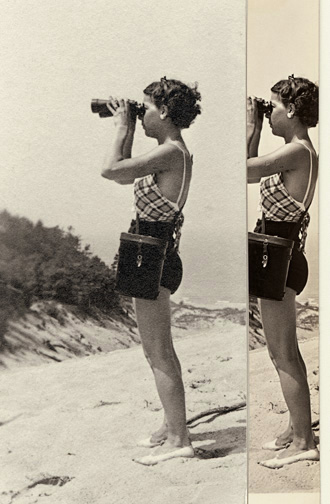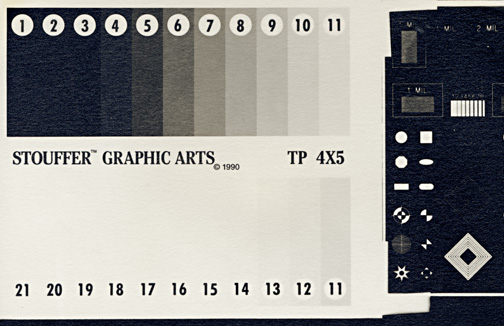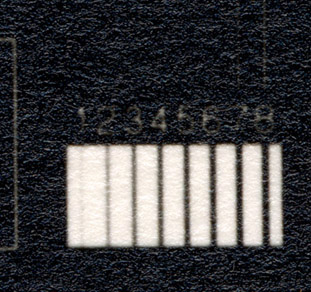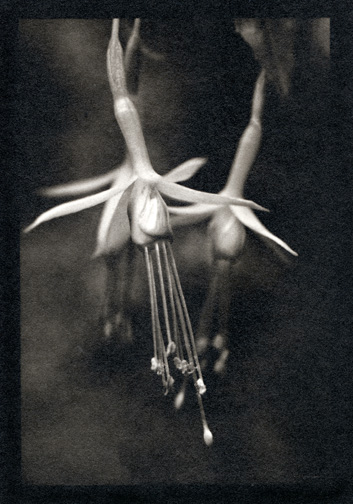|
Notes and Conclusions:
1) 10 drops glyoxal wasn't enough hardener for plain hypo fix.
The print surface developed small bubbles before the end of a sufficient
wash time. Changing to a two-bath fix before washing, making the
second bath a hardening fixer, solved that problem. This is only a
solution, though, if there is no plan to tone the prints. I'll put
15 drops glyoxal in '1B'
(Note: See the next page. Adding more glyoxal did not change
the bubbling problem.)
2) This make didn't employ a syringe and
subsurface silver addition. There is very slight microscopic
peppering, but not enough to support the assertion that subsurface addition
is a necessary technique.
3) The untoned color of the emulsion is a lovely neutral without a
hint of green, influenced, I believe, by the amount of citric acid.
April 4, 2010. Material Info Update -
Fabriano Artistico papers: After a number of months of testing, I am
convinced that Fab Art paper has been changed. I started out with Fab
Art X-white HP paper four years ago and have coated just about every
variety of emulsion imaginable on it. As ugly as some emulsions have
been, one thing I felt confident in saying was that they were
bullet-proof — no bubbling, frilling or lifting. That changed about
four months ago. I started getting tiny bubbles of lifting emulsion
during washing. I originally thought that one of my ingredients had
gone old, but after replacing all of them, one by one, I did a whole
range of paper samples again. With any given run of emulsion, only the
Fabriano Artistico papers develop bubbles. I love Fab Art paper, so I
pushed through for a work-around solution. Bubbles are eliminated, or
at the least greatly reduced if I use hardening fixer and follow with a
'speed wash' protocol (short pre-wash, archival washing aid, shortened
final wash, squeegee, dry).
|




